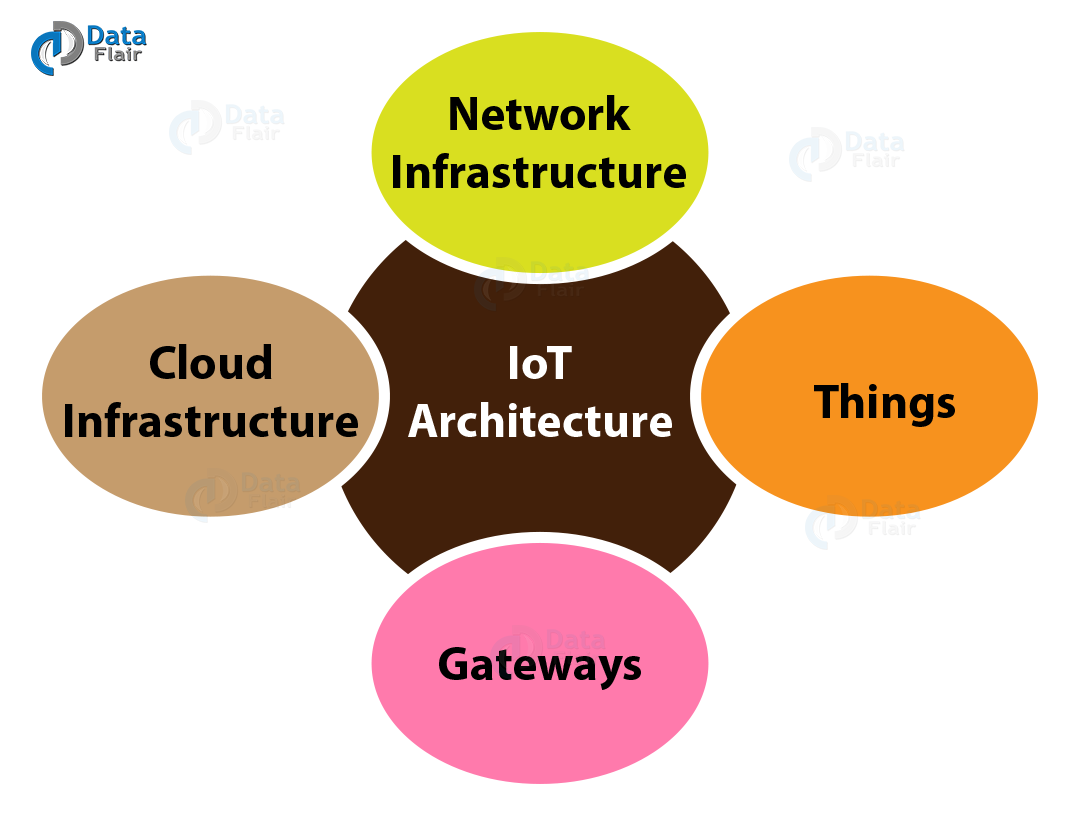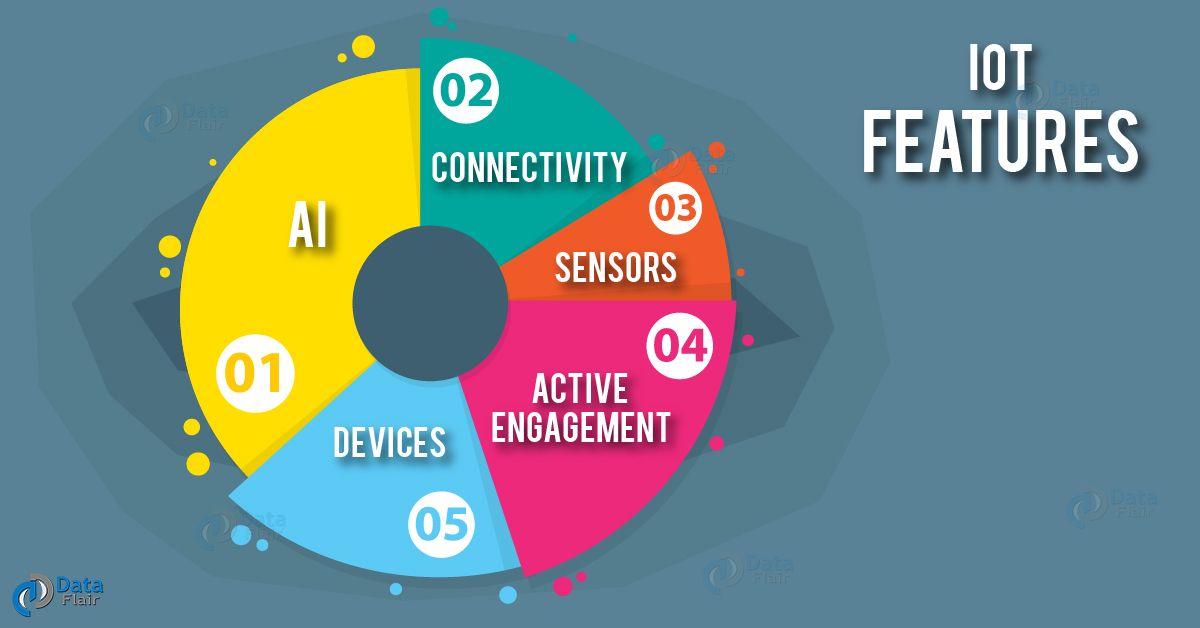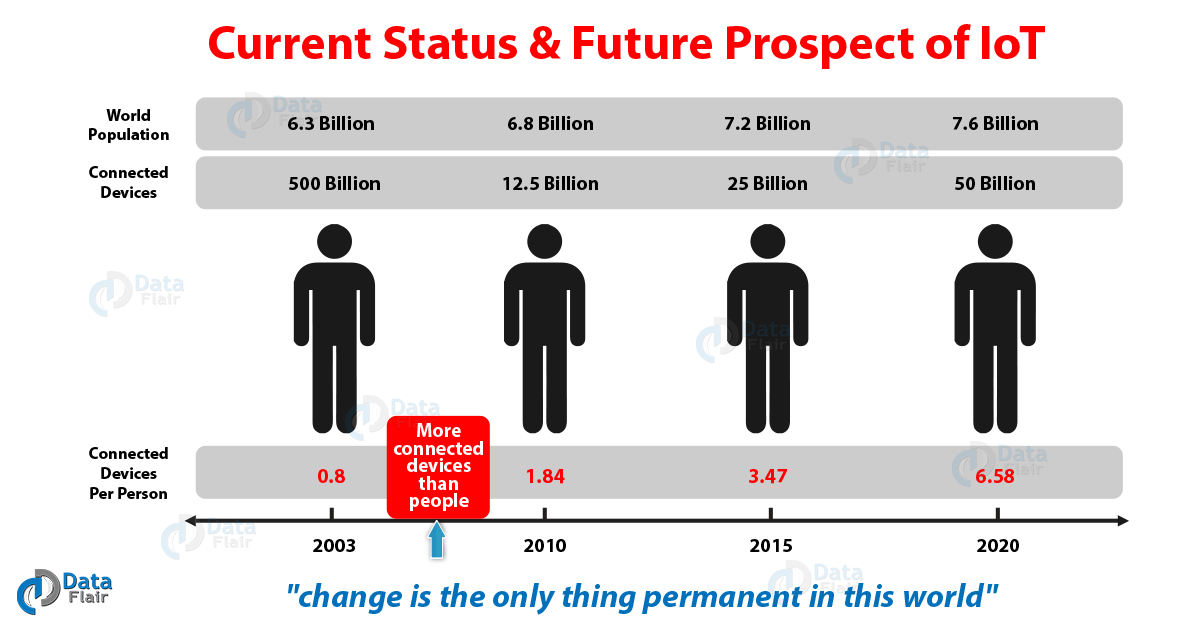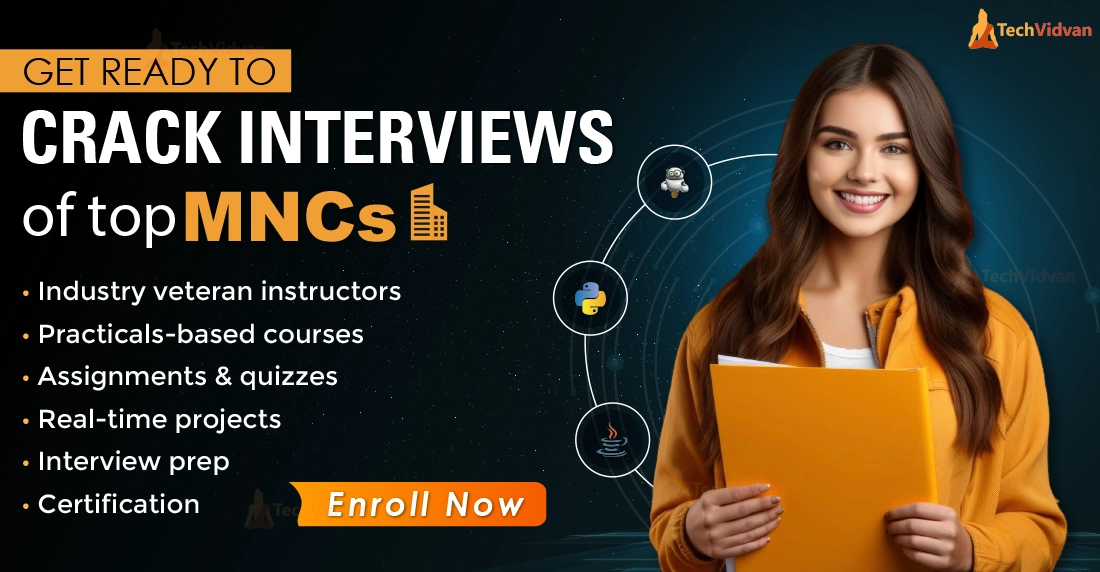IoT Tutorial for Beginners – A Perfect Guide to Refer
Job-ready Online Courses: Knowledge Awaits – Click to Access!
Manish, CEO of a reputed company was going for a meeting through the car to a nearby town. In between his trip, a message popped up on his mobile screen informing that the volume of petrol remaining will not be sufficient given the distance to be traveled.
He was given the details of a nearby petrol station, the distance of the next petrol station after that and was advised to fill the petrol accordingly.
You must be wondering how is it possible to get so relevant information in so exact time. The answer lies in the term INTERNET OF THINGS. This is a powerful term which is a platform where we connect everyday things embedded with electronics, software, and sensors to the internet enabling it to collect and exchange data.
In this IoT tutorial, you will get knowledge about:
- Introduction to the Internet of Things
- How IoT works
- Features of Internet of Things.
- IoT Applications
- Advantages of Internet of Things.
What is IoT (Internet of Things)?
Kevin Ashton, in a presentation of Procter & Gamble in 1999, coined the term “Internet of Things“. Almost every area, device, sensor, software, etc are connected to each other. The ability to access these devices through a smartphone or through a computer is called IoT. These devices are accessed from a distance.
For example, an Air Conditioner’s sensor can gather the data regarding the outside temperatures, and accordingly adjust its temperature to increase or decrease it with respect to the outside climate. Similarly, your refrigerators can also adjust their temperature accordingly. This is how devices can interact with a network.
How IoT Works?
The entire process starts with the devices themselves, such as smartphones, digital watches, electronic appliances that securely communicate with an internet of things platform.
IoT platform collects and combines data from multiple devices and platforms and applies analytics to share the most valuable data with applications to address industry-specific needs.
Let’s start with a simple real-life example- Rajesh, in between his road trip notices some problem with the check engine light, however, he doesn’t know the intensity of the problem. The good part is that the sensor that triggers the check engine light monitors the pressure in the inner brake line.
This sensor is one of the many sensors present in the car which constantly communicate with each other. A component called the diagnostic bus gathers the data from all these sensors and then passes it to the gateway in the car. The gateway collects and sorts the data from different sensors.
Before this connection happens, the car’s gateway and platform must register with each other and confirm a secure communication. The platform keeps on constantly gathering and storing information from hundreds of cars worldwide, building a record in a database.
The manufacturer has added rules and logic to the platform. The platform triggers an alert in his car, after sensing the brake fluid has dropped below the recommended level. The manufacturer then sends him an appointment for servicing of his car, and the car’s problem is rectified.
Prerequisites for learning IoT
It is advantageous to have a foundation in fundamental programming, electronics, and hardware ideas in order to learn about the Internet of Things (IoT) in an efficient manner. As they are important to IoT applications, understanding networking foundations, data analytics, cloud computing, and security concepts is crucial.
Understanding microcontrollers and wireless communication protocols gives builders of IoT projects useful insights. Even though having these prerequisites can be helpful, continuing your education through online resources, classes, and practical projects will deepen your comprehension of the vast and quickly changing IoT landscape, allowing you to explore more in-depth subjects and focus on areas that are in line with your interests and career goals.
Features of IoT
Here, in this part of IoT Tutorial, we will discuss the most important features of IoT in areas of artificial intelligence, sensors, connectivity. A brief review of these features is given below:
AI– IoT technically makes things smart, meaning that it enhances different aspects of life through proper usage of that data, networks, and algorithms. This can range from something as simple as improving or enhancing your refrigerator by embedding it with sensors that automatically detect when milk and eggs run low, to placing an order with your choice of the grocer.
Connectivity–The notion of networking doesn’t always have to restrict to large networks, it can also exist on a smaller and cheaper scale without compromising its efficiency. IoT comes into the picture and creates these small networks between its system devices.
Sensors–The true essence of IoT would not hold effective without sensors. They are basically the reason and the crux of why this technology stands out. They play a major role in defining boundaries of IOT by converting it from a passive to an active network.
Active Engagement–Today’s interaction between different connected technologies happens through passive engagement. IoT has set an example by bringing in active content, product, or service engagement.
Devices–Devices are more powerful, cheaper and smaller over time, Internet of Things purposely makes use of small devices to deliver its scalability, versatility, and accuracy.
IoT Applications
In this IoT Tutorial, we learn Applications of Internet of Things. Let’s discuss them one by one:
Healthcare Application: These days we have digital watches and fitness monitoring devices that have changed the ways of healthcare monitoring. People can now monitor their own health at regular intervals of time. These days if a person is being rushed to the hospital by an ambulance, his/her healthcare statistics are already given to the doctor, and the treatment gets started well in time. Also, data collected from different patients are now being put to use for the cure.
Energy Applications: The energy rates have become paramount. All Individuals and organizations, both are searching for ways to reduce and control the consumption of energy. IoT provides a way to monitor energy usages not only at the appliance-level but also at the grid level, house-level or even at the distribution level. Smart systems such as Meters & Smart Grids are installed at various organizations to monitor energy consumption.
Education Applications: IoT’s yet another great application lies in the field of education. IoT helps in fulfilling the gaps and loopholes in the education industry. It improves the quality of education being offered to students by optimizing the cost. It also improves administration and management by taking into consideration students’ response and performance.
- Government Applications: The smart city initiative by our government is an example of how efficient and big this technology is. Its incorporation in sectors like transportation, healthcare, armed forces, and security is commendable.
Advantages of IoT
IoT has created opportunities to directly connect and create a link between the physical world to the computer-based systems by using sensors and the internet. The interconnection of these multiple embedded devices results in automation of different fields thereby, enabling advanced applications.
This would then result in improving accuracy, efficiency along with almost no manual intervention. It encompasses technologies such as smartphones, smart meters, smart grids, smart homes, intelligent transportation, and smart cities. Now, let’s discuss the major benefits of IoT, in this IoT Tutorial:
1. Customer Engagement Enhancement
IoT improves customer experience by automatically detecting problems and providing solutions. For e.g. as we discussed above, how an issue in Rajesh’s car was automatically detected by the sensors. The driver and the manufacturer will get notified about it.
Till the time driver reaches the service station or a mechanic, the manufacturer will make sure that the faulty part is available at the service station and the problem is rectified.
2. Technical Optimization
If the technology is great, the experience is bound to be great. IoT has played a major part in improving technologies and making them better. Like in the above example, the manufacturer collected the data from different car sensors and analyzed it to improve its design.
3. Reduced Waste
With the latest technology, IoT provides real-time insights on crucial problems leading to effective decision making & management of resources.
For example, if a manufacturer finds fault in engines of multiple cars, it might give him an insight on major fault and he can track the manufacturing plant of those engines and can rectify the issue with manufacturing belt.
Conclusion
This IoT tutorial has covered every detail that a beginner needs to know. This IoT tutorial covered all the fundamentals of IoT to get a solid grasp of the topic. It’s now time to take one step ahead: Learn about the working of IoT and amaze yourself with its operational procedure.
Clear with this IoT Tutorial? You can ask your queries, if any, in the comment section below.
Your 15 seconds will encourage us to work even harder
Please share your happy experience on Google









In “Current status and Future prospects of Iot” the connected devices in the year 2003 should be 5 billion and NOT 500 billion
@sivakumar
5 billion or 500 million ?
Very nice blog!!
Thank You for this useful blog, I appreciate you. I learnt very much from your blog, your blog has valuable information. Waiting for your next blog.
Lots of information here!!
This blog has very much information regards IoT. IoT devices make our life easy. In today’s world IoT is used in many top industries and companies. MNCs are looking for the person having the best IoT skills and if you want to do job in MNC, you have to learn the best IoT Course.
Iam a beginner for IOT , and planning to do Phd . With the materials that have been given here , will it be enough for me to start off my IOT journey ? Kindly reply me .I need advises .Thank you